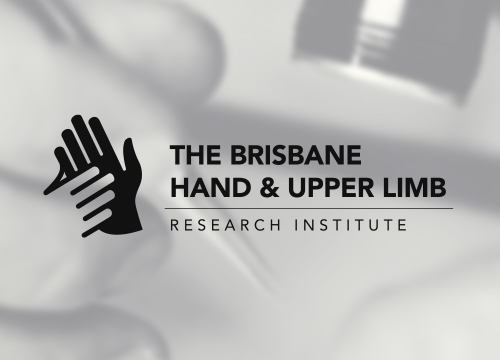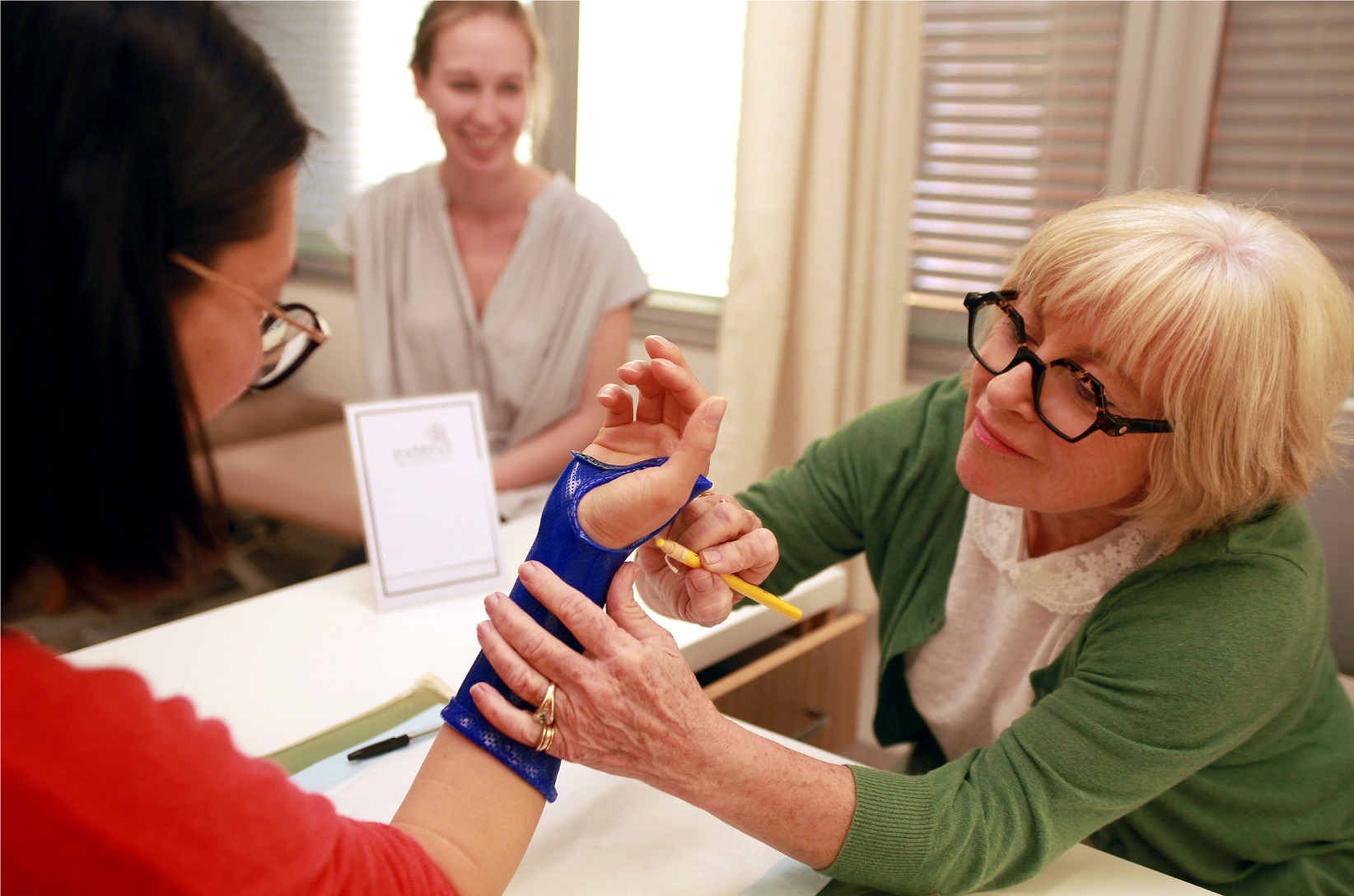Logan J, Peters SE, Strauss R, Manzanero S, Couzens GB, Ross M. Pyrocardan Trapeziometacarpal Joint Arthroplasty – Medium Term Outcomes. Journal of Wrist Surgery. 2020 Dec; 9(6): 509–517. Published online 2020 Aug 21.PMCID: PMC7708026
Abstract
Objective. Pyrocardan trapeziometacarpal interposition implant is a free intra-articular spacer composed of pyrocarbon. This biconcave resurfacing implant, both ligament and bone-stock sparing, is indicated for use in early-to-moderate stage trapeziometacarpal osteoarthritis. It was hypothesized that the postoperative outcome measures of the Pyrocardan implant would be comparable to those seen with ligament reconstruction and tendon interposition (LRTI) surgeries and those reported by the designer of the implant, Phillipe Bellemere, but that strength would be greater than for LRTI.
Methods. In this prospective case series, 40 Pyrocardan implants were performed in 37 patients. Average age was 58 years (range: 46-71). Patients were assessed preoperatively, 3 months, 6 months, 1 year, 2 years, and beyond (long term) wherever possible.
Results. There have been no major complications or revision surgeries for the series. Average follow-up was 29 months (range: 12 months-7 years). Twenty-eight joints were assessed at over 2 years post index surgery. Outcome measure scores improved from preoperative assessment to the most recent follow-up equal or greater than 2 years. Average grip strength at 2 years was 30 kg, as compared with 19.6 kg in an age-matched cohort who underwent trapeziectomy and 25 kg in Bellemere’s original series of Pyrocardan implants.
Conclusions. Pyrocardan interposition arthroplasty appears to be a safe, effective treatment for trapeziometacarpal arthritis. Patient-reported clinical outcomes were at least equivalent to LRTI and are comparable to Bellemere’s original series. Grip and pinch strength appear to be better than LRTI




